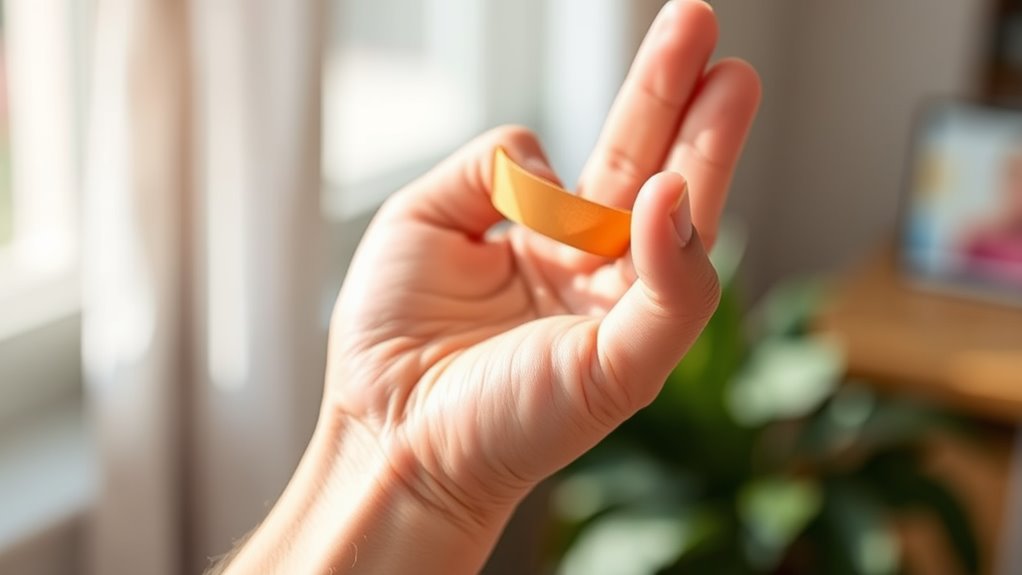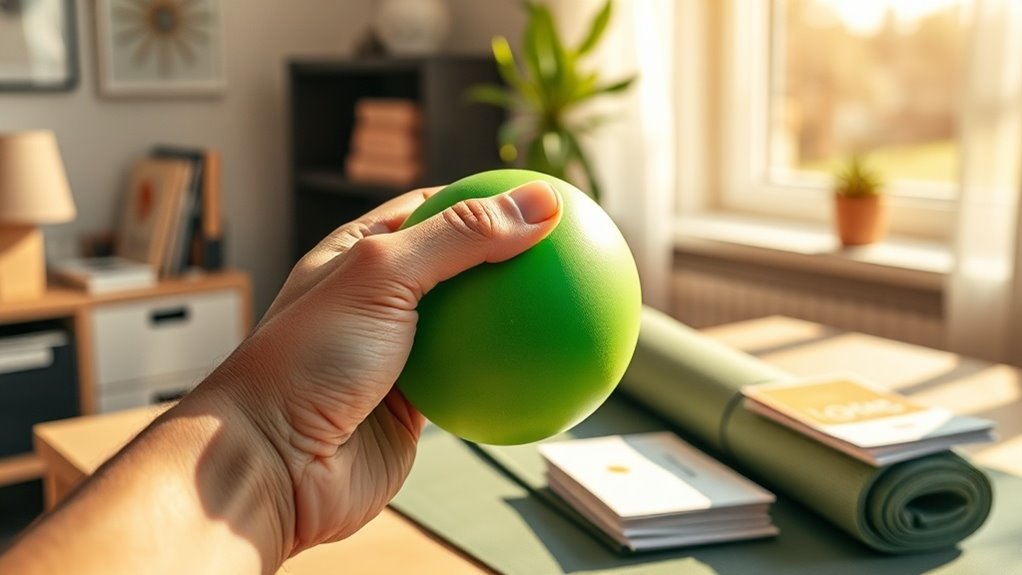This DIY Method Helped My Trigger Finger Movement
Have you ever felt that frustrating lock in your finger that halts your every move? It’s tough when trigger finger disrupts your daily life, but you’re not alone in seeking relief. This simple DIY method eased my stiffness and could help you regain mobility too, so let’s explore the steps that made a real difference.
Key Takeaways
- Apply warm compresses to your finger to relax tendons and reduce inflammation, easing movement.
- Perform gentle stretches, holding each for 10 seconds, to improve finger flexibility and mobility.
- Use light circular massages to boost blood flow and alleviate stiffness in the affected finger.
- Practice these exercises twice daily with proper form to ensure steady progress and symptom relief.
- Track your routine and adjust as needed to notice enhanced finger movement and reduced pain over time.
Understanding Trigger Finger Basics
Trigger finger is a condition where one of your fingers gets stuck in a bent position before suddenly snapping straight, often causing pain or discomfort.
It occurs when the tendon catches in its sheath, leading to stiffness that disrupts daily activities.
You’re likely feeling frustrated, but know many others face this too—it’s manageable with the right approach.
Understanding this basics empowers you to explore a home remedy for finger stiffness, like warm soaks or light massages, to ease tension gently.
Stay patient with yourself; small steps can make a big difference in regaining comfort.
For additional relief, consider trying hot compresses as a simple at-home fix to reduce inflammation and promote healing.
Common Causes of Finger Stiffness
Finger stiffness often stems from repetitive activities that strain your tendons, such as gripping tools, typing, or even gardening.
You might also face it due to age-related wear on your joints, which naturally reduces flexibility over time.
Conditions like arthritis can inflame tissues, making movements tougher, while past injuries or poor ergonomics add to the burden.
It’s frustrating when your fingers won’t cooperate, but recognizing these triggers helps you adapt.
Try varying your tasks and taking breaks to ease the strain—small changes can make a big difference in your daily life.
Additionally, trigger finger can occur when tendons catch in surrounding tissue, further limiting mobility and causing discomfort.
Recognizing Key Symptoms
How do you spot the signs of trigger finger before it disrupts your routine? It’s all about paying attention to early indicators, like stiffness or catching in your finger. You’ll notice these symptoms first thing in the morning or after activity, and catching them early can make a big difference. One key factor contributing to this condition is stenosing tenosynovitis, which occurs when the tendons in the fingers become inflamed due to various causes.
| Symptom | Common Signs | Why It Matters |
|---|---|---|
| Finger Locking | Finger sticks in a bent position | It can limit your daily tasks and cause frustration |
| Pain or Tenderness | Soreness at the base of the finger | You’re more likely to avoid using your hand, impacting routines |
| Swelling or Nodule | A lump near the finger joint | This signals inflammation, helping you address it before it worsens |
| Reduced Movement | Difficulty straightening the finger | It affects your grip, making simple activities feel challenging |
Overview of the Effective DIY Method
If you’re dealing with trigger finger, this effective DIY method offers simple steps to ease your discomfort right at home.
You’ll follow a straightforward sequence that targets the issue gently and effectively.
And don’t worry, it only needs a few basic tools you probably already own.
Additionally, incorporating Epsom salt soaks can enhance the overall relief process.
Method Steps
To tackle trigger finger effectively, you’ll follow a series of simple, at-home steps designed to reduce pain and improve mobility.
Begin by gently warming your finger to relax the tendon, using natural methods like a warm soak.
Next, perform slow, controlled stretches: extend your finger fully, hold for 10 seconds, then bend it gently. Repeat this sequence 10 times per session.
Follow with light, circular motions at the base of the finger to promote blood flow.
Practice twice daily, listening to your body’s signals for rest. This approach builds strength gradually, offering real hope for relief.
Tools Required
For this effective DIY method, you’ll need just a few simple tools to support your trigger finger relief efforts.





